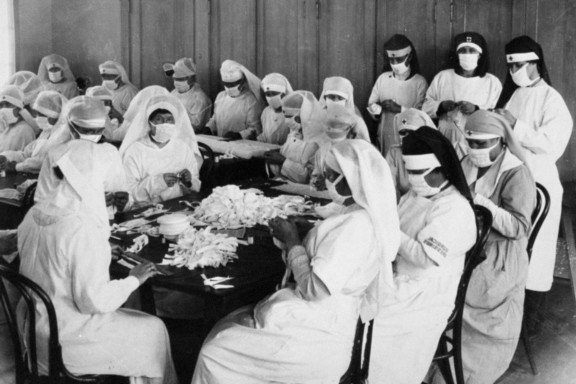News & Information
COVID-19 Testing Results Update for Kitsap County as of 2 p.m. Nov. 24
View the COVID-19 Risk Assessment Dashboard for the latest data.
* DATA UPDATE: The state Department of Health has temporarily stopped reporting negative COVID-19 test totals due to the high volume of testing. Kitsap Public Health will not be able to update the “Total Negative Tests” field in our daily surveillance report until further notice. Because negative test totals are needed to calculate the percent of tests that are positive, we will also pause reporting the “% Positive.”
COVID-19 transmission exceedingly high in Washington
The message from health officials with the Washington State Department of Health (DOH) has not changed: disease transmission is widespread throughout Washington state and we are at the highest risk we have been at throughout the entire pandemic. Case counts, hospitalizations, and other metrics are all increasing at this time.
Washingtonians need to wear their face coverings, watch their distance by staying at least six feet away from persons not living in their household, and wash their hands. Do not have friends and other family inside your home for social gatherings. Social gatherings of up to five people outside, distanced, and wearing a face covering at all times is a safer way to connect with others. Safest is through telephone or video chats.
We are in a very dangerous time of this pandemic—health care workers, other essential workers, our elders, persons with chronic diseases, and our family and friends all need your help staying safe.
For the most current picture of recent trends, see the DOH dashboard’s epidemiologic curve tab.
Lessons from the past
A Crosscut article last week took a look into Seattle’s past and painted a familiar picture for us. It’s October 1918, and Seattle is battling pandemic flu. People are wearing face masks and staying far apart from their loved ones. Businesses are closed.
Just like we flattened the curve in April 2020, these precautions worked to control the flu in 1918. In fact, they worked so well that it looked like the epidemic was over, and the city ended the restrictions after five weeks.
So people celebrated Thanksgiving 1918 together, in person, with their loved ones. And then they celebrated their winter holidays in person too. And the flu came back. Of all the people who died of the 1918–1919 flu in Seattle, more than half died after the holiday season.
The holidays are not the same when we cannot be together in person, but they can still be joyful. Talk to your family and friends about ways to make these days special and memorable without putting each other at risk.
Read more about this lesson from history in the latest blog post from the Washington Department of Health.
 Volunteer caregivers from The American Red Cross during the 1918 flu epidemic. Image courtesy of the Oakland Public Library.
Useful Links
|